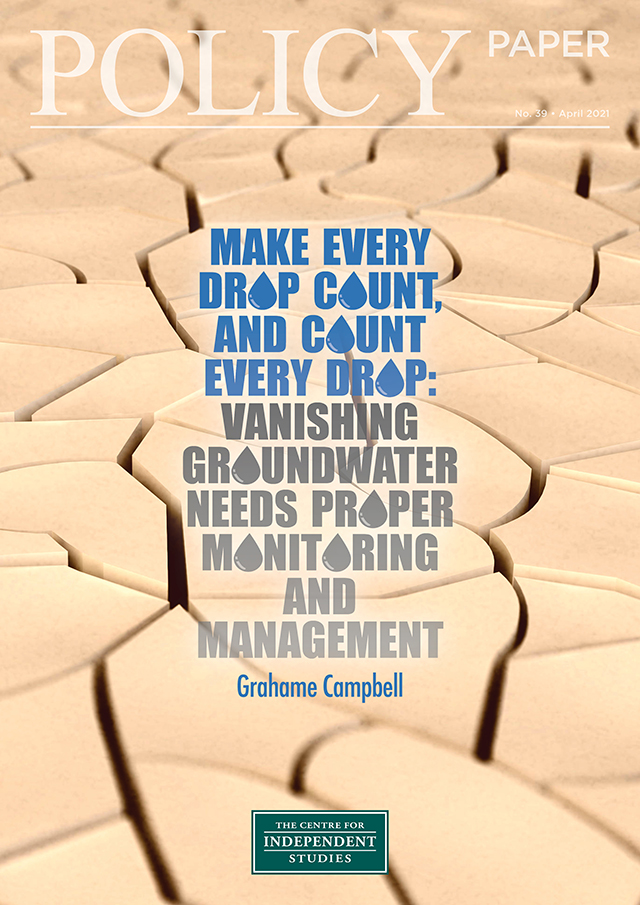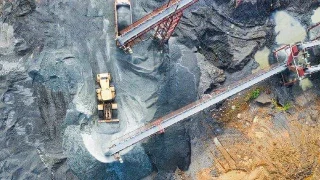
Aquifer groundwater is a crucial and valuable resource for Australia, but is poorly managed and monitored to the point of being neglected in some areas. This neglect is a risk for the future of Australia’s $60 billion agriculture production and industry that relies on the resource in an arid country.
About 30% of Australia’s total water consumption comes from groundwater, and use of the resource is increasing (estimated to have increased at least 90% — nearly doubled — in the 15 years from 1985-2000 alone).
About 70% of the groundwater extracted is used for agriculture, and accounts for about 30% of the overall water used for agriculture. There is also strong reliance on such water for household water and other uses, with the Northern Territory in particular relying on groundwater for 90% of its overall water requirements.
The volumes of water drawn far outstrip the estimated restocking from natural recharge, resulting in groundwater levels falling in many parts of Australia. However, it is impossible to accurately gauge how much the levels of groundwater resources have fallen, due to the poor monitoring of groundwater extraction, lack of proper management, underpricing of the resource, and lack of acknowledgement of its importance.
A renewed effort to audit and evaluate the current state of the monitoring system with recommendations for improvements to bring it up to an acceptable level is needed.
Groundwater monitoring and management: overview
It is impossible to accurately gauge how much the levels of the Great Artesian Basin (GAB) and other groundwater resources have fallen, due to the poor monitoring of water extraction, lack of proper management, underpricing of the resource, and lack of acknowledgement of its importance.
There have been significant efforts over the past 30 years to manage this resource but the focus has waxed and waned. There is no continuous national work programme to bring the system up to an acceptable standard.
This has come about because it is largely a state responsibility and states have not appropriately funded or maintained the management systems (largely monitoring bores and staff) to allow proper overview. The federal government has developed an integrated collection and reporting system (BoM) but this has faded in value due to the declining monitoring network which feeds it.
The Murray Darling Basin Authority has focused attention on some parts of the problem but its main job is to buy back environmental water via purchase plans and efficiency development. The audit should focus on areas that would evaluate costs and benefits from both commercial and environmental viewpoints. We need to maximise the amount of water that can be safely made available to agriculture while improving our knowledge of the sustainability to safeguard future generations and also protect the ecological values and ecosystem service provided by the aquifers.
Also read: Renewables offer economic development potential for Indigenous communities
SELECTED REFERENCES
Groundwater Use. https://www.ga.gov.au/scientific-topics/water/groundwater/basics/groundwater-use
Harrington N and Cook P, 2014, Groundwater in Australia, National Centre for Groundwater Research and Training, Australia.
Jakeman A.J, Barreteau O, Hunt R.J, Rinaudo J-D, Ross A, Arshad M, and Hamilton S. Integrated Groundwater Management (IGM) An Overview of Concepts and Challenges 2018
Water Use on Australian Farms https://www.abs.gov.au/statistics/industry/agriculture/water-use-australian-farms/latest-release (May 2020)










